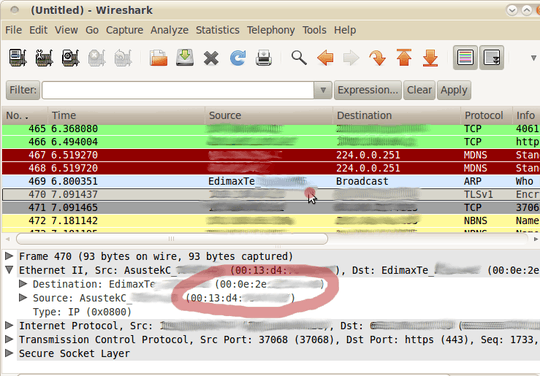In order to find out your router's WAN MAC address, what you need to do is:
Login to your router from your computer by using the sysadmin account (Windows) or root account(Unix, Linux) from your browser or a Terminal window command line.
From your browser, your computer (may) have a local IP address as 192.168.1.2 and your router probably has the local IP address of 192.168.1.1 which should be typed into the browser's location bar address window as: http://192.168.1.1
After that you should be prompted for the admin password of the router. Note: there is always a default manufacturer set admin password for all routers just as there is a Mac address set at the factory for the Network Interface Card (NIC) for WAN in the router. Consult your router's documentation if you have neither modified the router's admin password (something everyone should do for security purposes) or consult your password manager for the password you should have saved if you did change it. If you have not changed the router's password and no longer have the router's documentation, you can alternatively, look up the router's documentation online at the manufacturer's website, or if your router was supplied by your ISP, you can visit your ISP's website to locate any router documentation they may have.
Once logged into the router as admin/root, then look around for the router's Mac address via the Graphical user interfaces presented to you at login.
With regard to ISP router documentation, depending on which ISP service you have, some ISP router documentations include procedures to change your physical router to one of your choice with an example of how to accomplish the change. After that you would give back the ISP supplied router. Since the new router has it's own MAC address for its NIC card, there would be no need to "clone" the old MAC address to the new router - i.e. each separate physical router has its own MAC address.

Interesting problem – Nifle – 2012-01-03T11:56:58.950
Well, which kind of router is it, actually? – slhck – 2012-01-03T13:16:38.550